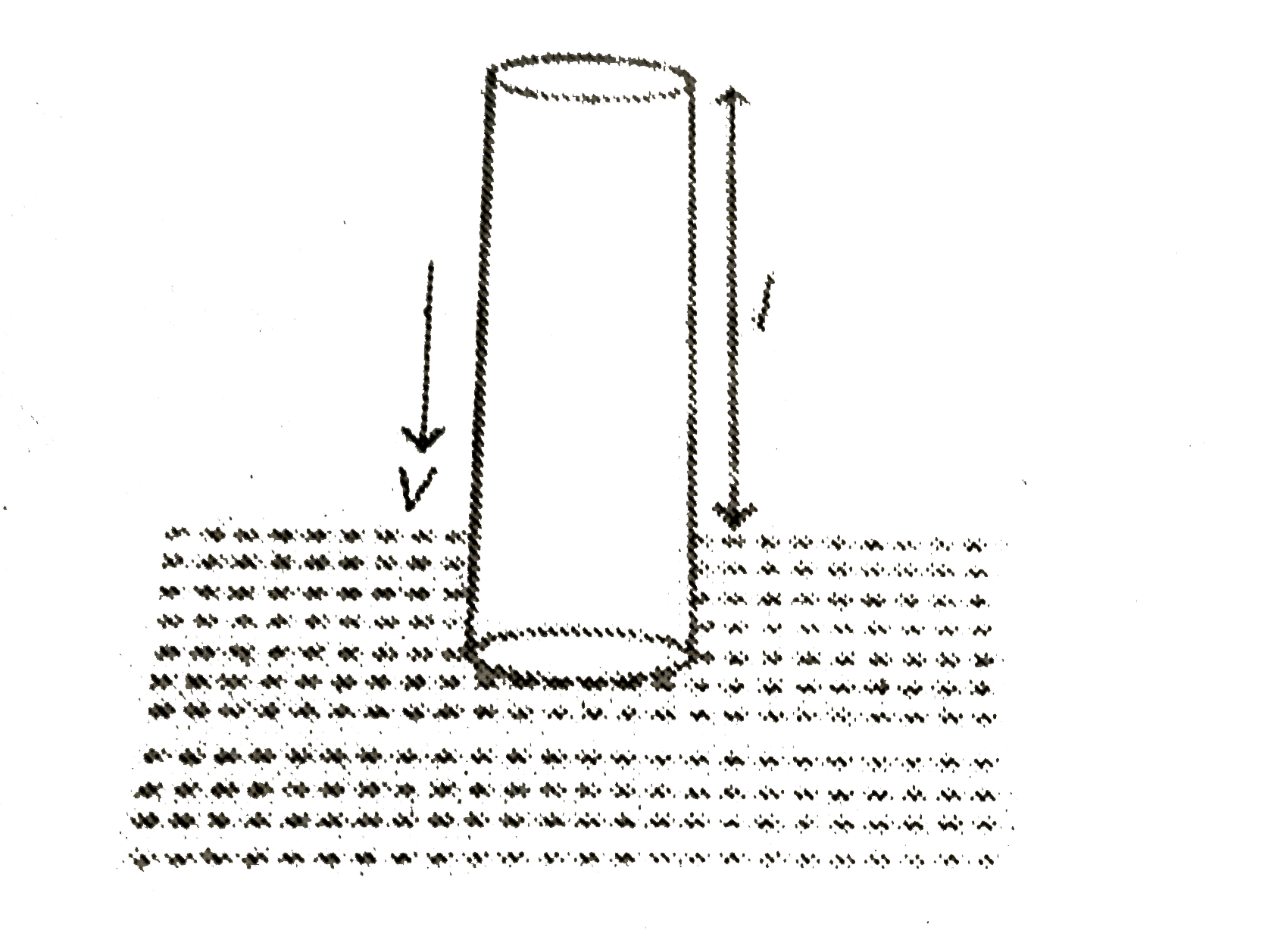If oil of density higher than water is used in place of water in a resonance tube how does the frequency change?
The correct Answer is:No change in the frequency, because water or oii act as a reflector of the wave..
To solve the question of how the frequency changes when oil of higher density than water is used in a resonance tube, we can follow these steps:
Step 1: Understand the Concept of Resonance Tube
A resonance tube is a device used to demonstrate the resonance of sound waves. It typically consists of a tube partially filled with a liquid (like water) and is used to determine the frequency of sound waves in the air column above the liquid.
Step 2: Identify the Factors Affecting Frequency
The frequency of the sound produced in a resonance tube is determined by the speed of sound in the medium (air) and the length of the air column. The formula for the fundamental frequency (f) of a resonance tube is given by:
f=vλ
where:
- v is the speed of sound in the medium (air in this case),
- λ is the wavelength of the sound wave.
Step 3: Analyze the Effect of Changing the Liquid
When we replace water with oil of higher density, we need to consider how this affects the speed of sound in the air column. However, the speed of sound in air is not affected by the density of the liquid in the tube. The speed of sound in air remains approximately constant at a given temperature and pressure.
Step 4: Conclusion
Since the frequency depends on the speed of sound in the air and the length of the air column, and since neither of these factors changes when we replace water with oil, we conclude that the frequency remains the same.
Final Answer
When oil of density higher than water is used in place of water in a resonance tube, the frequency remains unchanged.
---
A resonance tube is a device used to demonstrate the resonance of sound waves. It typically consists of a tube partially filled with a liquid (like water) and is used to determine the frequency of sound waves in the air column above the liquid.
The frequency of the sound produced in a resonance tube is determined by the speed of sound in the medium (air) and the length of the air column. The formula for the fundamental frequency (f) of a resonance tube is given by:
f=vλ
where:
- v is the speed of sound in the medium (air in this case),
- λ is the wavelength of the sound wave.
When we replace water with oil of higher density, we need to consider how this affects the speed of sound in the air column. However, the speed of sound in air is not affected by the density of the liquid in the tube. The speed of sound in air remains approximately constant at a given temperature and pressure.
Since the frequency depends on the speed of sound in the air and the length of the air column, and since neither of these factors changes when we replace water with oil, we conclude that the frequency remains the same.
When oil of density higher than water is used in place of water in a resonance tube, the frequency remains unchanged.
Topper's Solved these Questions
- BOOK - ICSECHAPTER - WAVESEXERCISE - Selected Problems (From Wave Equation, Intensity , Energy Density)24videos
WAVES
- BOOK - ICSECHAPTER - WAVESEXERCISE - From Sound Wave Velocity37videos
WAVES
- BOOK - ICSECHAPTER - WAVESEXERCISE - Doppler Effect, Musical, Sound, Noise26videos
WAVES
- BOOK - ICSECHAPTER - VECTORS SCALARS ELEMENTARY CALCULUS EXERCISE - UNSOLVED PROBLEMS79videos
VECTORS SCALARS ELEMENTARY CALCULUS
Similar Questions
(A): A person hears maximum sound at displacement anti node (or) pressure node.
(B) : Two organ pipes of same length open at both ends produce sound of different pitch if their radii are different.
(C): If oil of density higher than water is filled in place of water in a resonance tube, its frequency remain unchanged.View SolutionIf the lens is placed in water instead of air, how does its focal length change?
View SolutionA solid which has density less than water is ……..
View SolutionIn an experiment to measure the speed of sound by a resonating air column, a tuning fork of frequency 500 Hz is used. The length of the air column is varied by changing the leavel of water in the resonance tube. Two successive resonances are heard at air columns of length 50.7 cm and 83.9 cm. Which of the following statements is (are) true?
View SolutionRate of transpiration higher than rate of water absorption shall cause
View SolutionA ray of light passes from water to air, How does the speed of light change ?
View SolutionA large drop of oil whose density is less than that of water, floats up through a column of water assume that the oil an the water do not mix. The coefficient of viscosity of the oil is η∘ and that of water is ηW the velocity of the drop will depend on
View SolutionThe temperature of an organ pipe when it is in resonance with a tuning fork is increased. How does the resonant length change?
View SolutionAn open pipe of sufficient length is dipping in water with a speed v vertically. If at any instant l is lengths of tube avoce water. Then the rate at which fundamental frequency of pipe changes , is ( speed of sound = c)
 View Solution
View SolutionWhich of the following is used to separate oil from water?
View Solution

